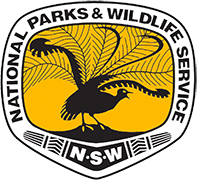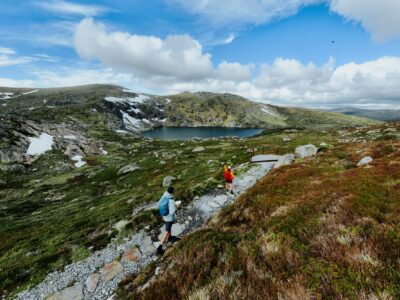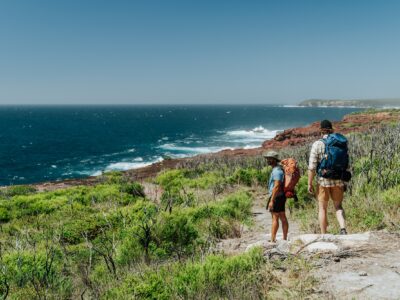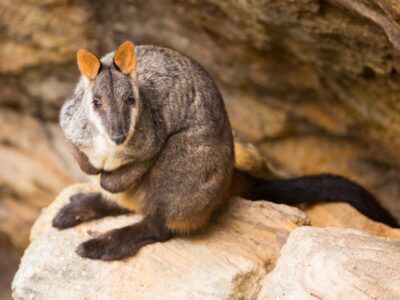Cast your mind back, way back, to the Mesozoic era, 252 to 66 million years ago. It’s the parent era of the well-known Jurassic and Cretaceous periods, y’know, like in The Land Before Time.
Imagine a world of thick, tangled vines and shady ferns, of towering, tropical canopies and plunging waterfalls. Reptiles rule the rainforest floor, but the first birds, mammals and flowering plants are starting to show.
Now stop daydreaming, message your mates and jump in the car! NSW national parks have a bunch of Gondwana Rainforest national parks and reserves, that are largely unchanged since way back then – and you can explore them for yourself!
-
Wait, what’s Gondwanan rainforest?
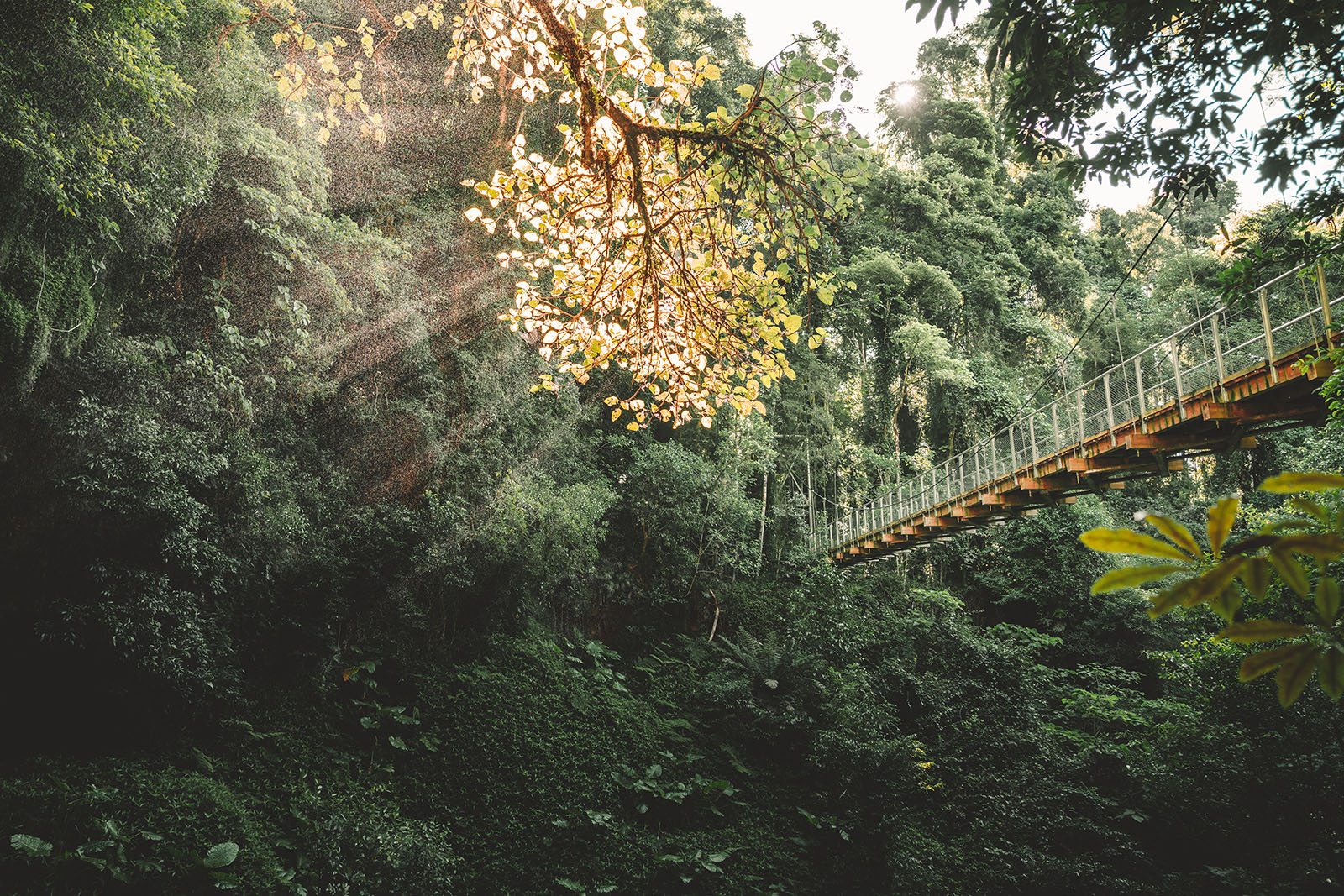 Photo Information
Photo InformationThe Gondwanan rainforest is pretty much in our backyard.
Dorrigo National Park
Branden Bodman/DPIE
Gondwana was a supercontinent 180 million years ago and it used to be pretty much covered in rainforest (including the Australia part). As Gondwana broke up and Australia moved north, the climate cooled and dried, and the rainforest had to find refuge. Eventually, only certain raised escarpments along Australia’s East Coast (in NSW, Qld and Tassie) had the climate necessary for ancient rainforest to continue to thrive.
What’s incredible is that many of the plants and animals still alive today in Gondwana Rainforest reserves are the ones found in the fossil record. These Australian remnants are unique in having living examples of the fossilised forest that we can study and explore. Today, for many rare and threatened species, the Gondwanan rainforests are their only home.
Did you know? The Gondwana Rainforests of Australia contain the largest areas of subtropical rainforest in the world and nearly all of the Antarctic Beech cool-temperate rainforest in the world. There are also large areas of warm-temperate rainforest, fuelled by rain hitting the Great Escarpment (which runs from Victoria to Northern Queensland).
25 Years of World Heritage
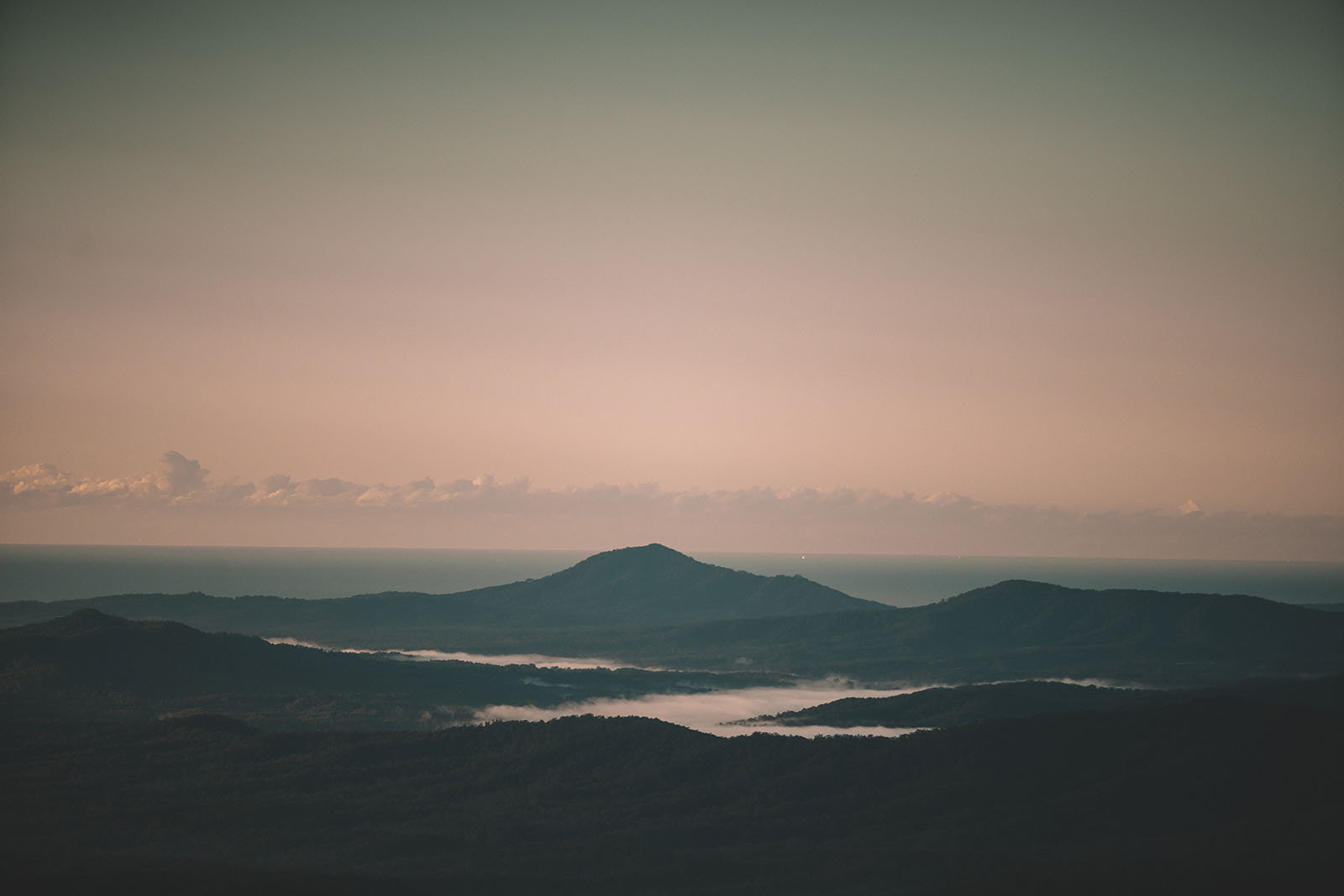 Photo Information
Photo InformationUNESCO World Heritage site
Dorrigo National Park
Branden Bodman/DPIE (2018)
2019 marked the 25th anniversary of the UNESCO World Heritage listed Gondwana Rainforests of Australia. UNESCO World Heritage sites ‘represent the most outstanding examples of cultural and natural heritage’ on a global scale.
Right in our own backyard we have rainforests that the whole world thinks are worth protecting; so what are you waiting to come and visit them?
-
World Heritage Gondwana Rainforests you can Explore
Here’s a selection of 8 of the 28 national parks and reserves in NSW that feature Gondwana Rainforest – reckon you can visit them all?
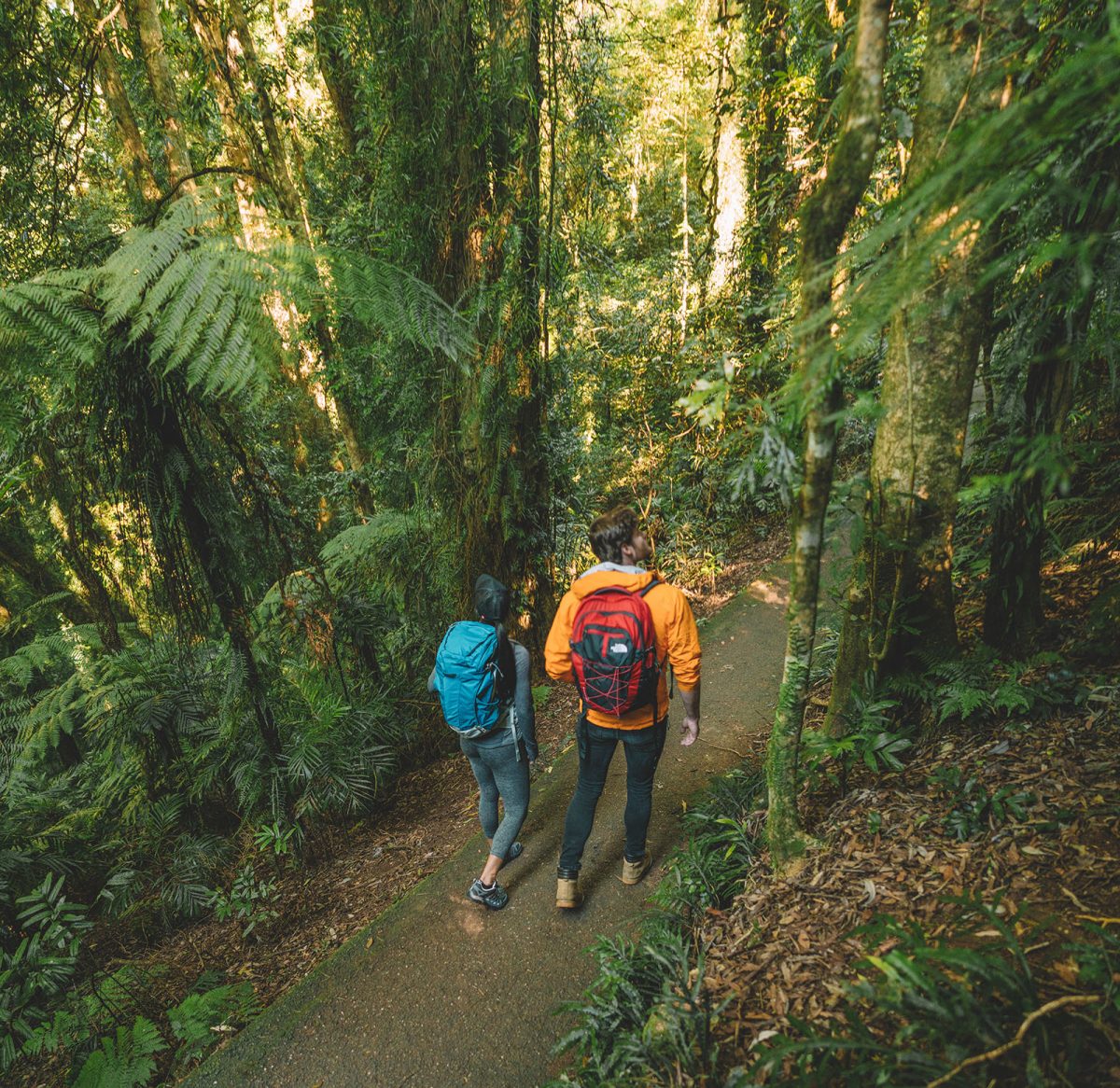
What kind of rainforest list is complete without Dorrigo National Park? The iconic World Heritage Gondwana Rainforest is an hour from Coffs Harbour; watch as red-necked pademelons bounce through the scrub and listen for the striking calls of bowerbirds and the wompoo fruit-dove.
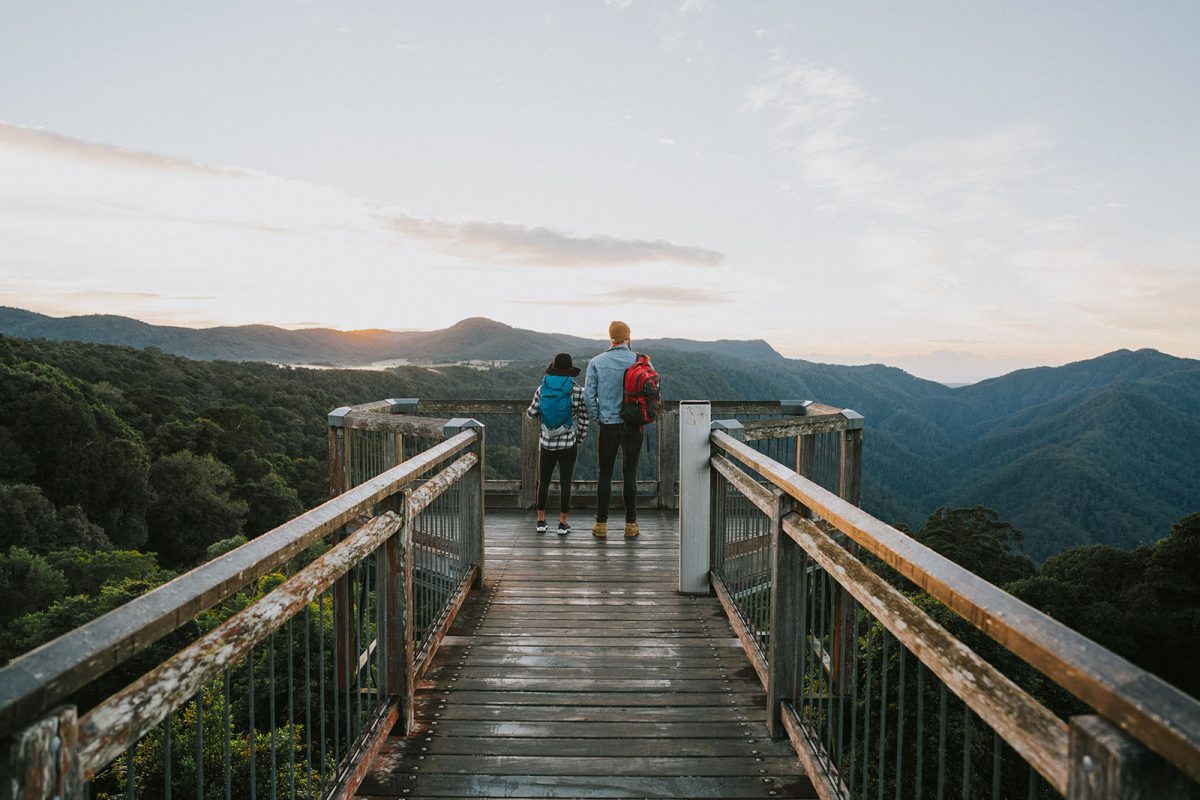 Photo Information
Photo InformationSkywalk lookout
Dorrigo National Park
Branden Bodman/DPIE (2018)
Make sure you visit the Dorrigo Rainforest Centre to learn about the intricacies of the rainforest, and be sure to save a slice of time for the Skywalk! The raised platform is 6 storeys above the rainforest floor and looks out over the epic Great Escarpment – a geological feature that’s part of the reason for the park’s World Heritage listing.
Barrington Tops National Park
View this post on Instagram
The Antarctic Beech (Nothofagus moorei) is a tree species that dates back to Gondwanan times, and some alive today are hundreds of years old! The misty cool of Barrington Tops National Park has the perfect climate for large stands of these trees; even in summer you’ll be protected from the heat by the altitude and thick canopy.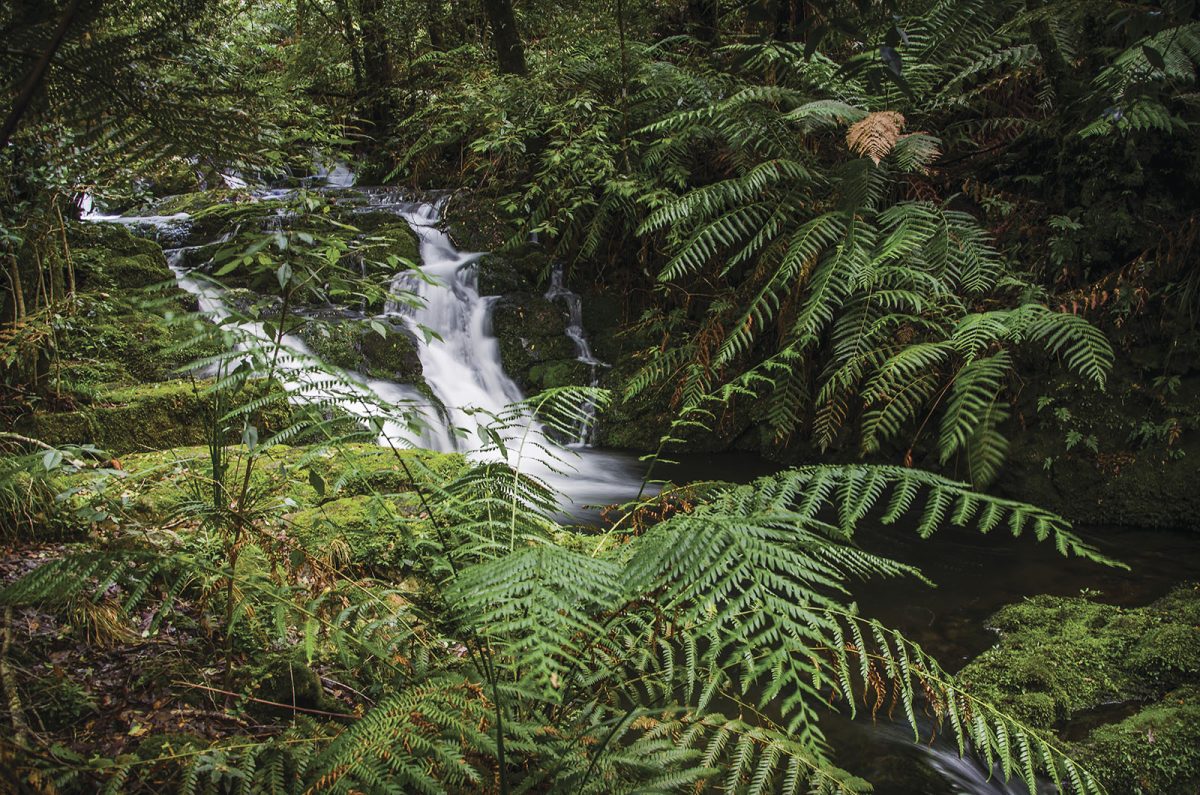 Photo Information
Photo InformationAntarctic Beech Forest walking track
Barrington Tops National Park
John Spencer/OEH (2012)
Check out the Antarctic Beech Forest walking track . It’s only a few hours north of Sydney.
Border Ranges National Park
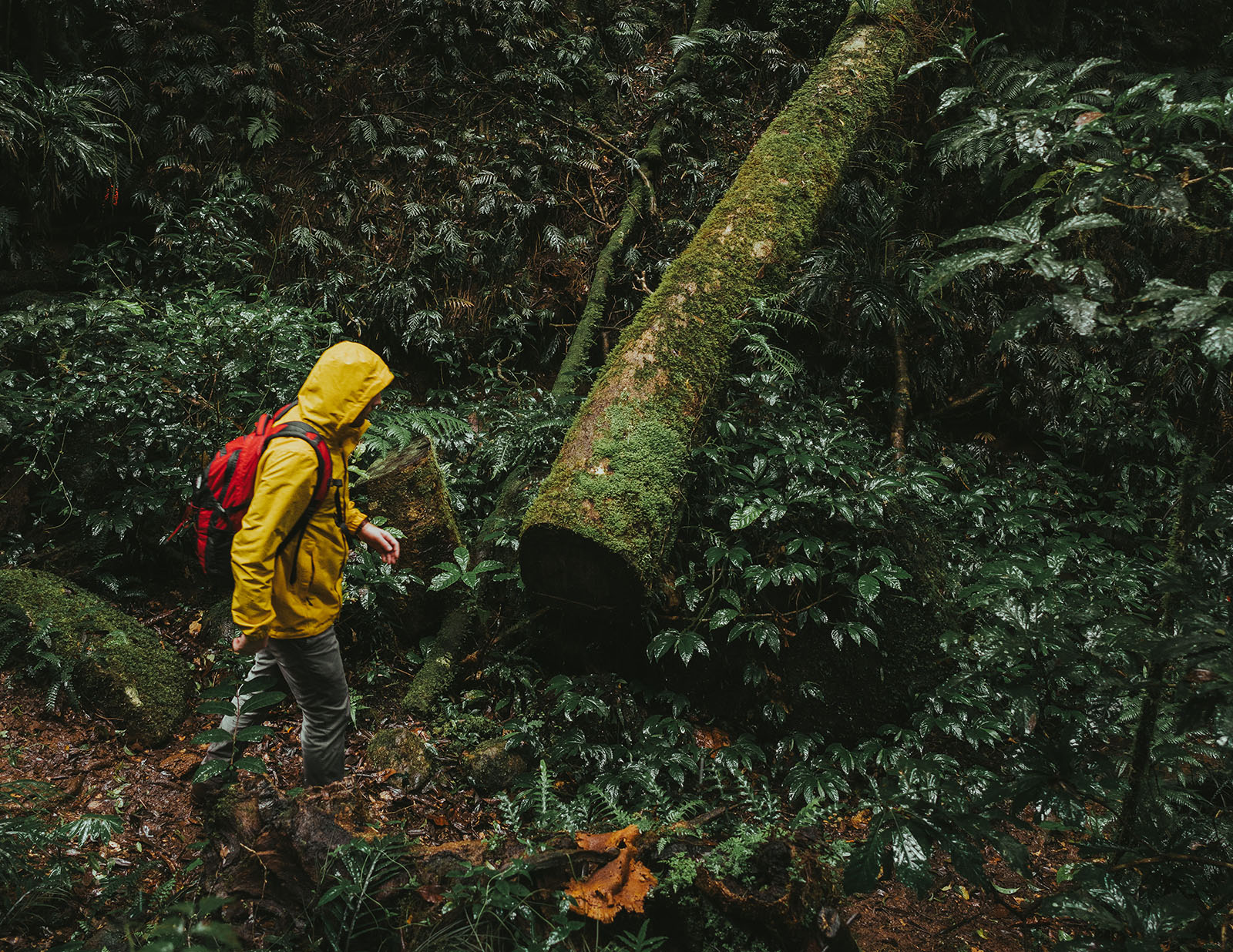 Photo Information
Photo InformationThis park is #extra in the good way.
Border Ranges National Park
Branden Bodman/DPIE (2018)
The Border Ranges National Park is up on the northern edge of NSW, only two hours south of Brisbane and a little north west of Byron Bay. The park features the eroded shell of the Tweed Volcano – a shield volcano whose caldera (the depression left after an eruption) is the largest in the southern hemisphere.
Things get really extra this far north; expect towering palms, cascading strangler figs and imposing red cedars with roots coated in moss. Look out for the endemic Albert’s Lyrebird, a protected species that only calls small pockets of Gondwanan rainforest its home.
Gibraltar Range & Washpool National Parks
View this post on InstagramThese ones are a goldmine for rainforest hikers. Gibraltar Range National Park and Washpool National Park are right next to each other and share the Gibraltar-Washpool World Heritage Walk.
The 45km loop gives a rare opportunity to hike through Gondwanan rainforest over multiple days and is incredibly varied, passing through everything from rainforest to sub-alpine swamp and dry eucalypt forest. There are even heritage huts to explore, and enough side trips to double your kilometres – if you’re game!
Werrikimbe National Park
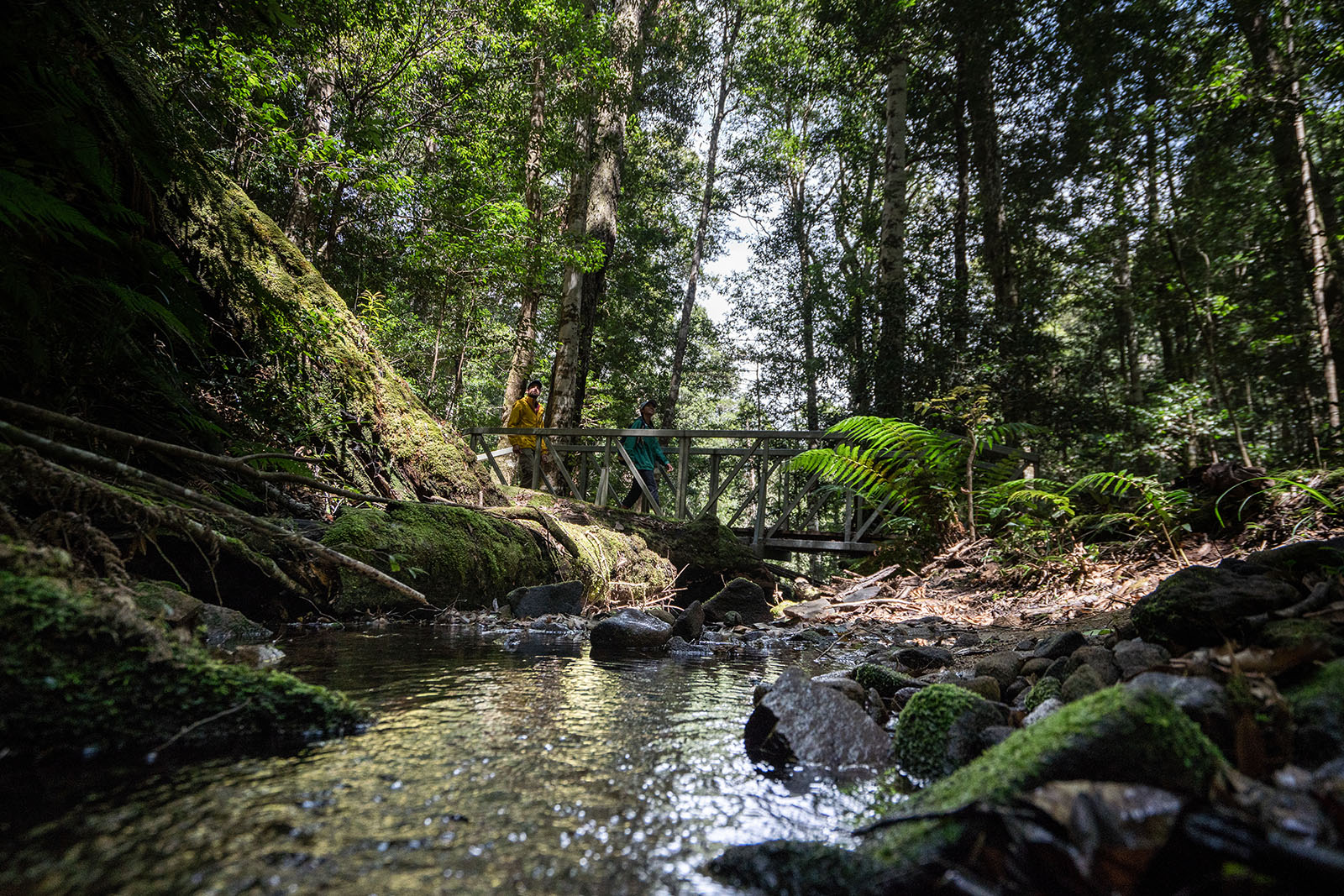 Photo Information
Photo InformationOne of the mid-north coasts best kept secrets.
Werrikimbe National Park
Rob Mulally/DPIE (2019)
Ever heard of Werrikimbe National Park? Don’t worry, most people haven’t! The eastern side of the park features a patch of protected World Heritage Gondwana Rainforest that’s a little inland from Port Macquarie, and it’s one for the real out-there adventurers.
It’s well-worth the journey. Camp a night out with the rainforest on your doorstep at the well-named Brushy Mountain campground or Plateau Beech campground – strolls beneath the rainforest canopy leave from your tent door!
Ranger Tip: The campgrounds in Werrikimbe National Park are remote and have limited facilities. Bring your own water, firewood and rubbish bags! Don’t forget to let friends or family know where you are.
New England National Park
View this post on InstagramThe jagged nature of the great escarpment means that no two Gondwana Rainforest reserves are the same. While New England National Park features the Antarctic Beech seen in Barrington Tops, it’s also home to snow gums and subtropical rainforest that are home to a stunning array of birdlife. Try the Lyrebird walking track for yellow-tailed black cockatoos, king parrots, crimson rosellas and the main event: superb lyrebirds bellowing their mating call.
De-luxe: New England National Park has cabins you can book, this is real treehouse livin’!
Oxley Wild Rivers National Park
View this post on InstagramWhat’s a dry rainforest? Head to Oxley Wild Rivers National Park to find out – the park has a rare example of this kind of rainforest thanks to its dramatic gorges. In fact, the Apsley Macleay Gorges are one of Australia’s largest gorge systems and home to Wollomombi, the tallest waterfall in NSW at 220m.
Nightcap National Park
View this post on InstagramWe’ve left the most prehistoric till last! Nightcap National Park is an immersive experience. Thick figs, imposing palms and delicate ferns sit in the shadows of aggressive clifflines. From these escarpment flow waterfalls, the roar of Minyon and Protesters Falls mingles with the calls of lyrebirds and the Fleay’s barred frog.
Here the Great Escarpment that’s allowed so much of the World Heritage Gondwana Rainforest to survive comes close to the coast – try and spot the ocean from one of the many lookouts!
Before you head off to explore, plan with our THINK Before You Trek safety tips, check the weather and always stay updated with the latest alerts.
